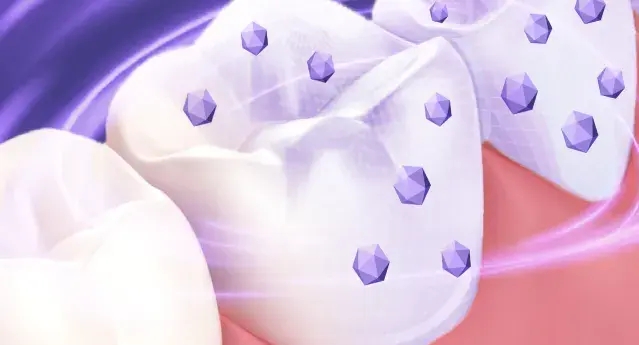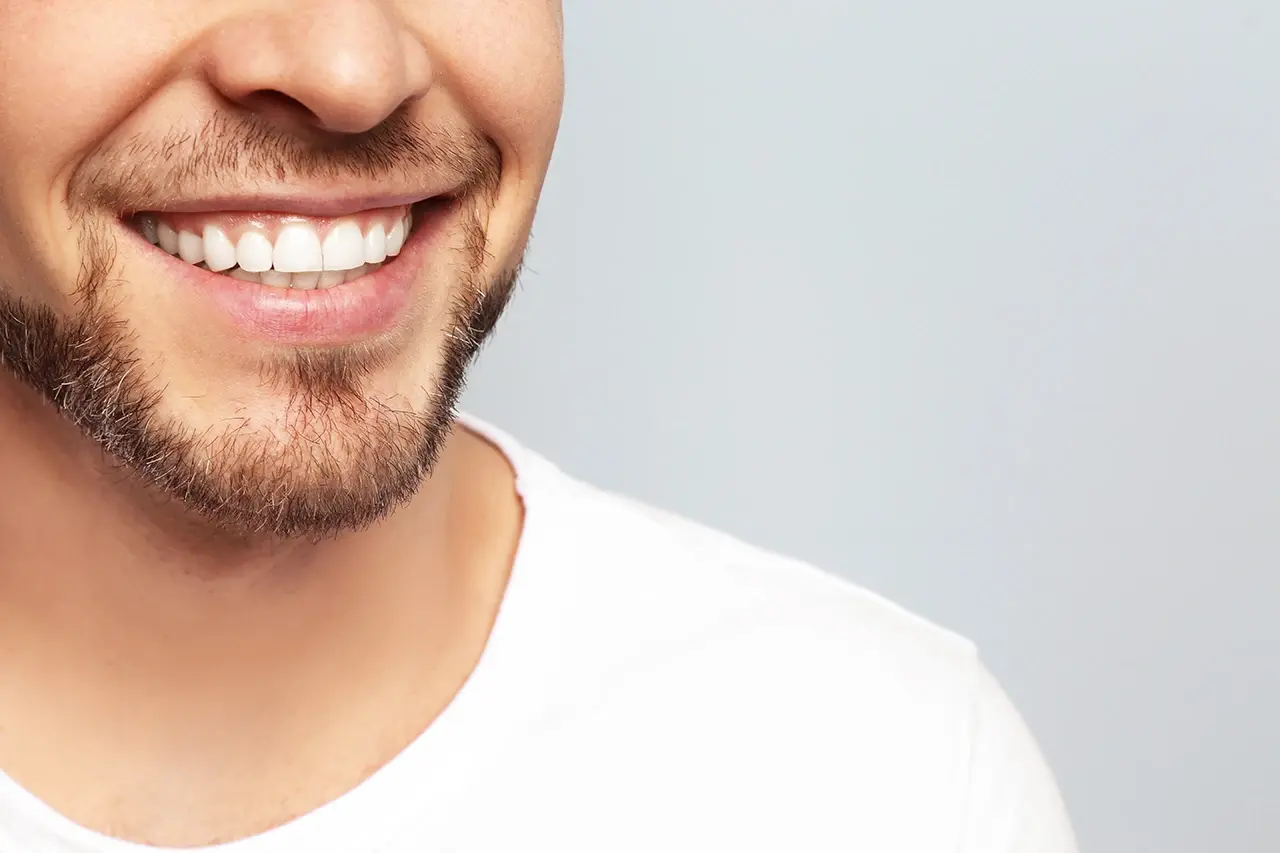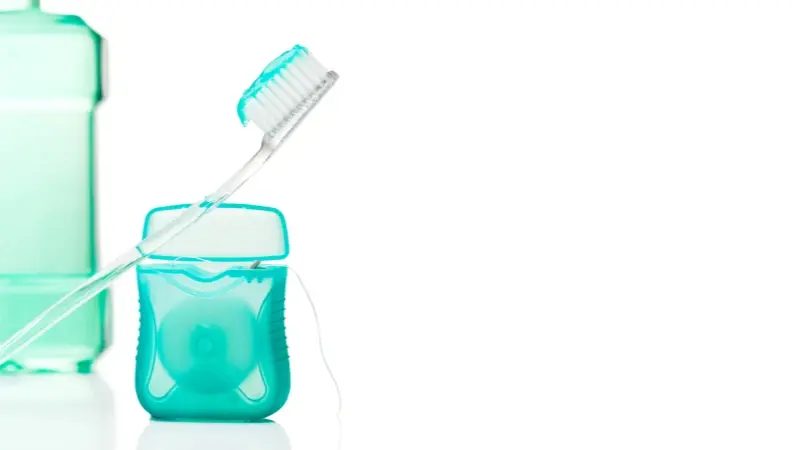WHAT IS TARTAR (DENTAL CALCULUS)?
Tartar forms as dental plaque calcifies. When plaque is not removed through daily home care, the bacteria begin to harden into mineral build-up (just like clay hardens into rock in the environment) across the surface of teeth. Thankfully, dental tartar can be removed during professional dental cleanings and you can keep additional dental calculus buildup to a minimum with good oral hygiene practices1.
Tartar vs Plaque: What Is the Difference?
What is the difference between plaque and tartar? Essentially, plaque is soft and easily removable while tartar is not. Plaque accumulates daily, and it can cause gum disease and if it is not removed regularly it will begin to calcify, resulting in tartar buildup.
Once tartar forms it can only be removed by a dentist or dental hygienist. Tartar tends to be the heaviest where the salivary glands are, on the sides of your teeth that face the cheek and the sides that face your tongue2, in certain parts of your mouth.
When comparing plaque vs. tartar, both harbor infectious bacteria that contribute to gum disease. However, tartar is more concerning since tartar removal is not something you can do on your own.
CAUSES OF TARTAR ON TEETH
What causes tartar on teeth? In most situations, tartar forming on teeth is due to failure to remove plaque bacteria through good oral hygiene practices, but there are other factors that may also come into play, such as hard-to-reach areas on teeth3 and smoking and tobacco use4.
WHAT DOES TARTAR LOOK LIKE?
Tartar frequently absorbs stains from the foods and drinks we eat or drink throughout the day. Due to this, tartar can vary in color, but most commonly it is yellow, brown, gray, or black. In most cases, the buildup above your gum tissues is yellow or light brown, whereas tartar below your gums tends to be darker in color. Black tartar on teeth and gum line is usually found across the root surfaces of teeth with active periodontal (gum) disease.
HOW TO REMOVE TARTAR FROM TEETH
Under most circumstances, tartar breaking off teeth is not normal. But it is not safe to try to get rid of tartar on teeth by yourself at home, as it could lead to permanent damage to your gums or teeth. The key is to remove dental plaque thoroughly each day before it has a chance to calcify into tartar.
PREVENTING TARTAR BUILDUP ON YOUR TEETH
Prevention is key when it comes to managing tartar buildup on teeth. By adjusting your diet, oral hygiene habits, and making specific lifestyle changes, you can significantly reduce the amount of tartar that forms on your teeth and mouthwash products like Listerine® Ultraclean Antiseptic can help prevent and reduce tartar build up.
Don’t Smoke
Tobacco products and smoking in particular are statistically linked to a higher instance of gum disease. Tartar will also absorb stains from cigarette smoke and smokeless tobacco, causing dark brown or black tartar buildup on gum line across your teeth.
Visit Your Dentist Regularly
Thankfully, dental professionals have special instruments and advanced training on how to safely remove tartar buildup from teeth, including calcified bacteria below the gums. By scheduling regular cleanings, you can minimize tartar buildup between visits and keep your mouth healthy. Most people benefit from a dental cleaning every six months.
Choose a Fluoride Toothpaste
Using fluoride toothpaste twice a day can help strengthen exposed root surfaces to make them more resistant to tooth decay/cavities.
Brush, Floss, and Use Mouthwash Twice a Day
The best solution for preventing tartar buildup on your teeth is to disrupt plaque at least twice a day. Thorough brushing for two minutes a time, flossing around each tooth daily, and using a tartar-control antiplaque/antigingivitis mouth rinse like Listerine® Ultraclean Cool Mint Antiseptic can help manage plaque levels, and prevent the bacteria from calcifying into tartar.



